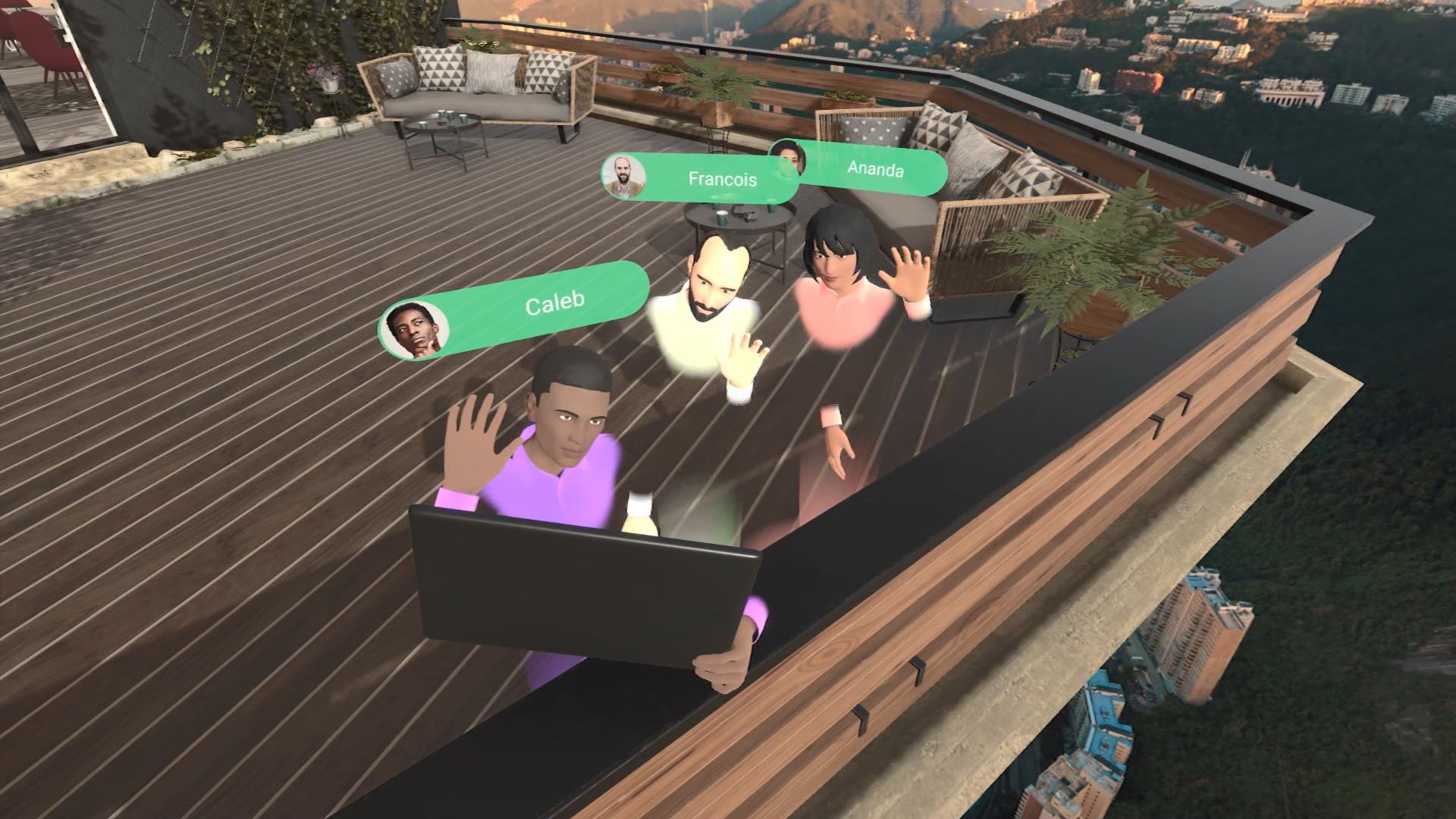It’s not a secret that VR is great for empathy, enhancing storytelling through VR experiences which put you in the shoes of another person, creature or even an object. Virtual reality has many enterprise use cases such as simulating dangerous situations or training employees. But there is much more that VR can offer in terms of social interaction.
Virtual World, Real Emotions
One of the main features of VR is the ability to induce a feeling of presence and togetherness. In a study on cyberpsychology and behaviour, researchers Dr Giuseppe Riva and others examined the correlation between presence and emotions. The results confirmed the efficacy of VR as an effective medium: the interaction with “anxious” and “relaxing” virtual environments produced the corresponding emotions. The data also showed a circular feedback loop between presence and emotions. On one side, the feeling of presence was greater in the “emotional” environments; on the other side, the emotional state was influenced by the level of presence. So, if the virtual environment is designed accurately, it will evoke positive emotions and that shows a great potential of reducing tension and stress.
Invoke Empathy, Fight Racial Bias and Improve Social Cognition
When users embody an avatar in VR, these perspective-taking experiences can diminish implicit racial bias (Peck, Seinfeld, Aglioti, & Slater, 2013), invoke empathy for people with colourblindness (Ahn, Le, & Bailenson, 2013), and promote prosocial responses in virtual interactions in which an avatar needs help (Ahn et al., 2013; Gillath, McCall, Shaver, & Blascovich, 2008).
Moreover, VR can also act as a safe environment for individuals to practice their social cognition skills without major social repercussions. Social cognition refers to the set of cognitive processes underlying an individual’s ability to make sense of other’s behaviour. This is crucial for successful interpersonal relations and fruitful social interaction. A study by Neurons Inc. (an applied neuroscience consultancy firm) showed that VR kindles a warm connection, especially for introverts – perhaps because interacting via an avatar reduced their self-consciousness and boosted their confidence. The EEG results of both introverts and extroverts while they were in virtual reality showed that on average, introverts were more engaged when meeting in VR than meeting face-to-face.
The same research by Neurons Inc. found out that Virtual Reality hits the sweet spot of cognitive effort.

Introducing Social VR platforms
Similarly to traditional social media outlets where people can virtually engage one with another where are several VR social platforms. Those include Altspace, Sansar from the creators of Second Life and TheWaveVR. In these virtual worlds, people create their personalized avatars and environments, share interactive content, make calls, play games and even watch movies together.
Forming Relationships in a Virtual World
Virtual reality could also act as a medium forming and maintaining relationships. With the influx of new VR home users, the increasing popularity of VR and the availability of multiplayer social virtual worlds such as Sansar and AltspaceVR, it becomes easier to imagine a world in which people meet, interact and form relationships with others in a virtual world.
Research conducted in massive multi-user online role-playing games can help shed light on what the consequences of forming and maintaining relationships in VR could be. Data from an online survey of 30,000 users indicated that they derived meaningful relationships and salient emotional experiences, as well as real-life leadership skills from these virtual environments.
Further research was conducted with the users of Second Life (McKenna et al., 2002). In this 3D world, users control their avatar to socialize, attend parties and even get married. This creates opportunities to meet new people and develop intimate bonds. The researchers discovered that people describe their feelings of online relationships as real, deep, and meaningful. Furthermore, Quackenbush, Allen, and Fowler (2015) investigated attachment bonds in romantic relationships on Second Life and discovered that participants formed equally strong attachments in online relationships as they did in real-life ones.
User-Generated Social VR Content
Thanks to companies like Samsung, 360-degree cameras no longer cost a fortune and 360-degree imagery has recently become easily accessible thanks to mobile phones. This allows users to create and share 360-degree videos, VR-selfies and live streams. Livestreams in VR allow people to have intimate conversations with a large audience in real-time. Besides the possibility of having private conversations in VR, people can experience a live event without leaving their home. In fact, the live VR market is already growing. By 2021, it is expected to exceed $75 billion, where concert, gaming and sports events take the lead in the industry.
As you may see, VR has a large potential to benefit the social context. Therefore, here at MeetinVR, we encourage companies to take advantage of this exciting technology. Our solution enables meeting and collaboration for remote teams, which helps our clients nurture company culture, strengthen team cohesion and social connection in distributed teams.
Would like to meet your fiends and colleagues in VR? Sign up for a free 30-day trial and explore social value of VR technology.

